Factors in DMS Purchase Decisions for Nonprofits
Understanding one of the biggest investments nonprofits make
A Donor Management System, the software nonprofits use to manage data about donors and donations, can be one of an organization's biggest technology expenses. Basic systems start somewhere between $1,200-6,000 per year, often depending on the feature set and number of database records, and annual licensing fees can exceed five figures for organizations with large datasets and complex needs.
We know from research* that nonprofit organizations tend to make a purchase decision about their donor management system every three-to-five years. Sometimes the decision is to purchase a new product from a new provider. We’re finding that more often than not, organizations will make the decision to stay with their current provider, whether that means keeping their current product, upgrading, or switching to a new product from the current provider.
What factors influence these decisions? I discovered a few themes in my research.
Let’s avoid unpleasantness by sticking with what we’ve got
In the 2024 Donor Management Use and Satisfaction study, 60% of respondents that stayed with their existing provider cited familiarity as an important reason. Learning new software requires time and effort that many nonprofit professionals feel like they simply don’t have. If the current system is good enough–and the data suggest it often is, with an average satisfaction rate of 6.2 out of 10 across an array of features and attributes–then why take the risk on something new? In my consulting work, leaders express concerns that data could be lost or corrupted in transition, a new product might not live up to expectations, or staff will struggle to adjust their habits and workflows to take advantage of a new system.
The grass is greener on the other side
The study data also suggest that people will move to a new product when they believe it offers substantial benefits, especially if it has capabilities their current system lacks. (Over half of respondents who switched said that gaining new capabilities was a key reason.) This might mean adding volunteer management or general purpose CRM features to a donor management system. Improved ease of use is another promise that enticed many respondents to try a new product.
General dissatisfaction with the current product, whether due to features, ease of use, or customer service, can also lead people to switch. (A word of caution: dissatisfaction can be as much about internal practices and user adoption as it is about the system’s capabilities or customer service–something a product change won’t magically resolve.)
Cost is king
Another key factor in purchase decisions, unsurprisingly, is cost. (Though it may surprise you that this was not the top factor, given how lean many nonprofits operate.) Buyers sought to save money by switching to a less expensive product, or avoid new system implementation costs by sticking with their current system.
They also indicated a preference for predictable costs. This finding matched my personal experience with EDs and financial managers who prefer to pay slightly more for a guaranteed monthly price, avoiding an unexpected increase due to the growing number of records in their DMS bumping them into a more expensive price tier mid-contract.
Streamlining and automation
Finally, study respondents offered a cluster of reasons for their decision that related to streamlining and automation. They rated better integration, automating or streamlining routine tasks, and consolidating from multiple solutions to a single CRM as important factors in their decision to change products.
Sadly, many DMS users are underutilizing automation and integration features they already have. Before undertaking the effort to switch to a new product, I recommend examining and testing the existing product’s features. This will help you determine not only what its capabilities are, but also what kinds of automation and integration features are truly useful and exactly what to look for if your current system is falling short.
What this means for you
Next time you’re ready to consider a DMS purchase/renewal, thoroughly consider the ROI on your current system and whether/how you might be able to make it stronger. This requires being clear on your objectives for the DMS, how you measure its effectiveness, and how you measure its value. Be honest with yourself about which factors are software shortcomings and which are organizational development issues. See if you can gain consensus on the priorities: stability, keeping costs low, gaining capabilities, efficiency, or something else.
So far I’ve been focusing on what study data indicates people DO consider. I have some opinions about what you SHOULD consider. Hardly anyone in the study said the provider’s social responsibility practices was a major factor in their purchase decision. Shouldn’t that be a consideration for nonprofits? Maybe the provider’s demonstrated commitment to the sector is worth considering. Likewise, the provider’s stability and/or growth trajectory are things I look at. I’ve advised a client to steer clear of a provider that was growing so fast I feared their clients and product might suffer from it.
Going beyond cost and features, and considering the company behind the product, strikes me as the best approach in a world where technology is changing rapidly and economic conditions appear volatile. Nonprofit organizations should have stable, nimble software partners that can adapt to future needs.
–
*For example, in the Donor Management Use and Satisfaction study that Tom Lehman and I conducted in 2024, we found that 66% of organizations had made a DMS purchase decision in the past four years. NTEN's 2024 Nonprofit Digital Investments Report shows similar numbers.
